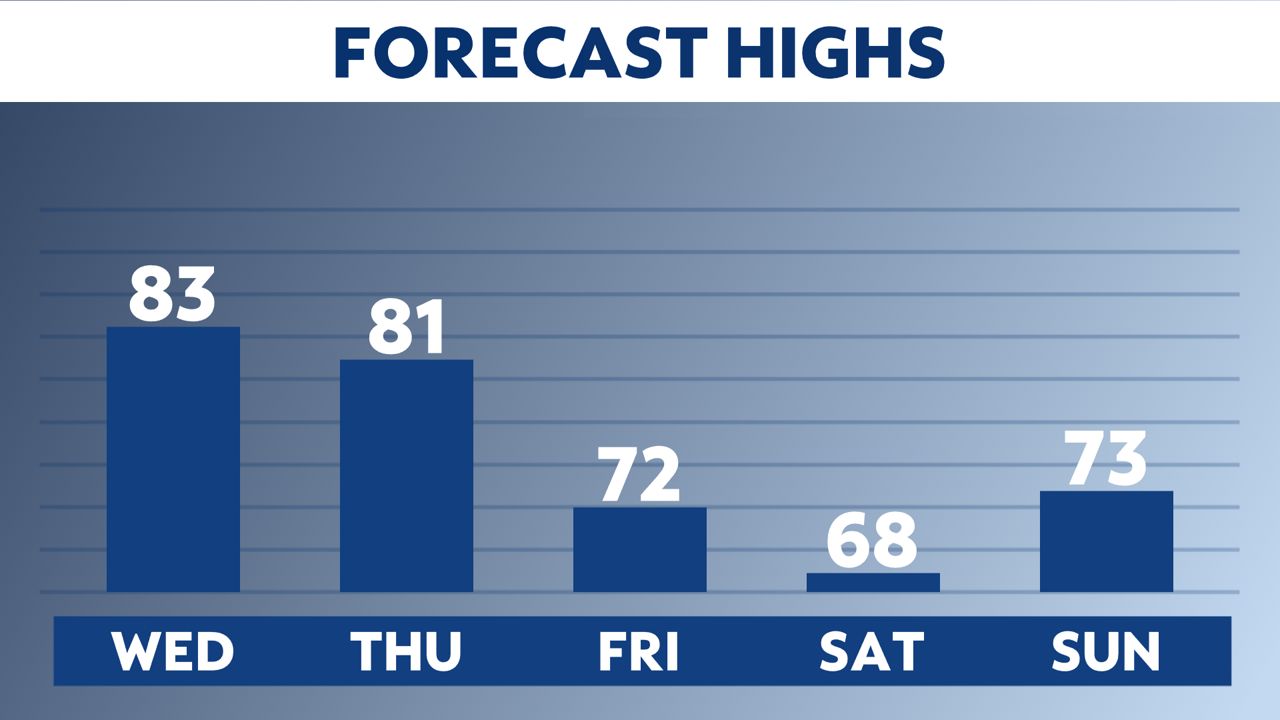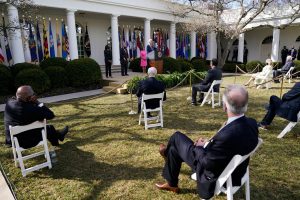U.S. Health and Human Services Secretary Xavier Becerra on Tuesday called for an international follow-up investigation into the origins of the coronavirus pandemic – stressing the need for a “transparent, science-based” probe as experts continue to learn more about the early days of the outbreak.
“Phase 2 of the COVID origins study must be launched with terms of reference that are transparent, science-based, and give international experts the independence to fully assess the source of the virus and the early days of the outbreak,” Becerra said, speaking by video to members of the World Health Assembly.
Becerra did not mention China directly in his comments; the first human cases of COVID-19 were reported in Wuhan, China.
Becerra’s remarks, first reported by Reuters, come as U.S. intelligence agencies continue to examine reports that several researchers at a virology lab in China fell “seriously ill” in 2019, one month before the first reported case of COVID-19.
In a March report, a WHO-led team said the virus was most likely transmitted by bats to humans by way of another animal on the food chain. Introduction through a laboratory incident, they added, “was considered to be an extremely unlikely pathway.” That report generated intense criticism from some U.S. government officials who noted that WHO had published the report in tandem with Chinese officials.
Still, the lab-release theory is one that remains hotly contested – including by many infectious disease experts, who have cautioned that there is not nearly enough evidence to determine the virus’s origin. In a letter published earlier this month by the journal Science, 18 scientists advocated a “wait-and-see” approach. Without a follow-up investigation, its signatories argued, there is not nearly enough evidence to determine whether the pandemic was caused by an “accidental lab leak” or by natural origin.
“Theories of accidental release from a lab and zoonotic spillover both remain viable,” the letter said.
“Most of the discussion you hear about SARS-CoV-2 origins at this point is coming from, I think, the relatively small number of people who feel very certain about their views,” Dr. Jesse Bloom, a virologist at the Fred Hutchinson Cancer Research Center in Seattle and co-organizer of the letter, told The New York Times.
“Anybody who’s making statements with a high level of certainty about this is just outstripping what’s possible to do with the available evidence,” Bloom added.
Asked this week about the possibility of a follow-up investigation, WHO spokesman Tarik Jasarevic told Reuters that their technical teams “will prepare a proposal for next studies,” that will be carried out and presented to the WHO director general, Tedros Adhanom Ghebreyesus, for consideration. He added that further origin studies will be needed in a “range” of areas, including on early case and cluster detection, the potential roles of animal markets, and food chain transmission.
White House press secretary Jen Psaki on Monday said that the U.S. was calling on the WHO to support an investigation “free from interference and politicization” into COVID-19’s origins.
Beccera’s remarks come one week after CDC Director Dr. Rochelle Walensky said in a Senate hearing that the lab-based coronavirus origin “certainly” was “one possibility,” but noted that most coronaviruses that have infected the human population “generally come from an animal origin.”
On its official website, the CDC states that while the “exact” origins of COVID-19 remain unknown, “we know that it originally came from an animal, likely a bat.”




